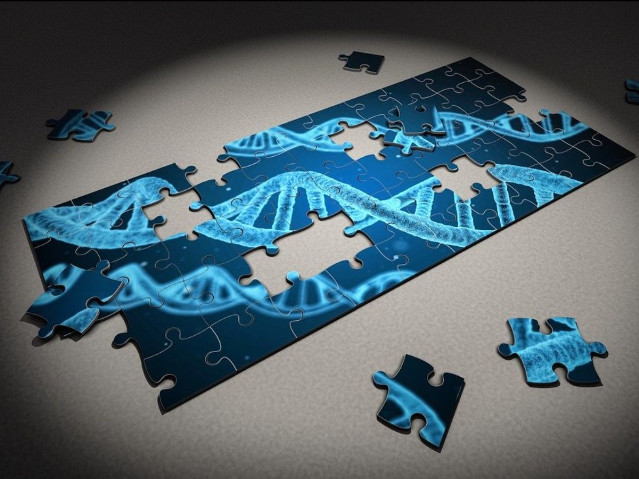Probes Newsletter 02/2020
Newsletter 02/2020
XCyting AML FISH Guide: Find the right FISH probe faster!
Acute myeloid leukemia (AML) is a heterogeneous group of diseases. AML either develops de novo, after previous radiation therapy and/or cytotoxic exposure (tAML), or secondarily from a pre-existing myeloproliferative disease or myelodysplastic syndrome (sAML). The estimated incidence of AML is about 2.5 - 3.0/100.000 inhabitants per year. AML is the most common form of acute leukemia in adults, accounting for over 80% of patients. In contrast, only one fifth of the leukemia cases in children up to the age of 15 years are AML cases. With a median age of approximately 65 years at diagnosis, AML is considered a disease of the elderly.
The ´WHO Classification of Tumours of the Haematopoietic and Lymphoid Tissues´ of 2017 defines six AML categories: ´AML with recurrent genetic abnormalities´, ´AML with myelodysplasia-related changes´, ´Therapy-related myeloid neoplasms´, ´AML, NOS´, ´Myeloid sarcoma´, and ´Myeloid proliferations associated with Down syndrome´. A total of eight balanced translocations and inversions are recognized by the category ´AML with recurrent genetic abnormalities´.

In addition to age, leukocyte count and general condition, the karyotype and molecular-genetic changes are important prognostic parameters and have a major influence on the risk classification and therapy strategy. Modern risk stratification combines classic cytogenetics, FISH techniques and the analysis of key mutations. Two widely accepted risk stratification schemes are the ´European LeukemiaNet (ELN) risk stratification´ and the ´Independent prognostic risk stratification in younger adults´.
The MetaSystems AML FISH Guide serves as a FISH probe orientation aid. By using this informative brochure, you will easily find the right FISH probe for the AML panel of your choice. Download brochure (PDF) for further information.


